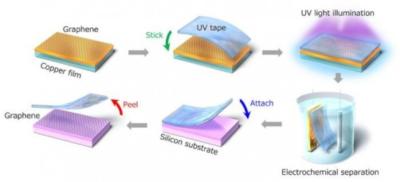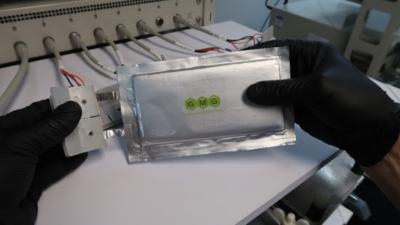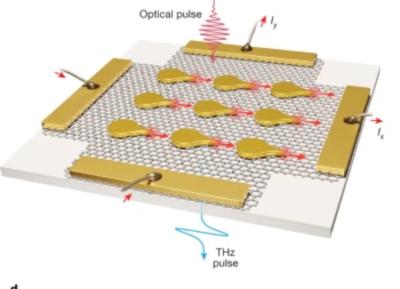Researchers shed light on electron-phonon interactions using 'magic angle' graphene
Researchers from ICN2, ICFO, Tokyo Institute of Technology, TU Eindhoven, National Institute for Material Sciences, MIT and Ludwig Maximilian University have studied electron-phonon interactions and found a remarkable speedup in cooling of twisted bilayer graphene near the 'magic angle': The cooling time is a few picoseconds from room temperature down to 5 kelvin, whereas in pristine bilayer graphene, cooling to phonons becomes much slower for lower temperatures.
“We sought to understand how electrons and phonons ‘talk’ to each other within two twisted graphene layers,” says Klaas-Jan Tielrooij, associate professor at the Department of Applied Physics and Science Education at TU/e and the research lead of the new work.


